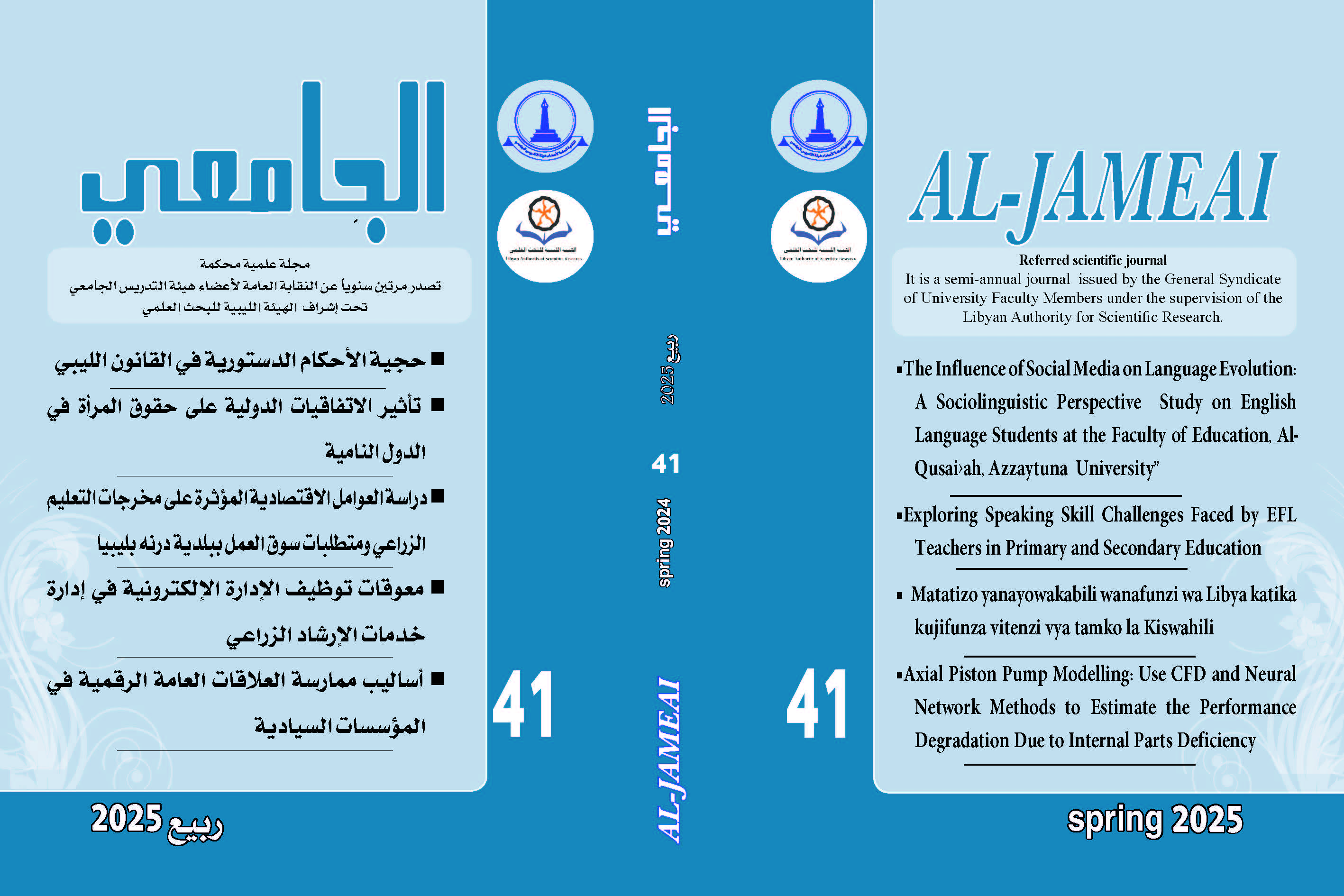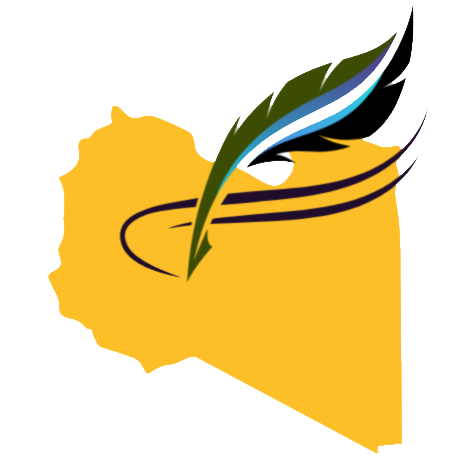أساليب ممارسة العلاقات العامة الرقمية في المؤسسات السيادية
دراسة على ديوان المحاسبة ووزارة المالية
Abstract
المستخلص
يشهد العالم المعاصر تحولات اتصالية متسارعة بفعل الثورة الرقمية، وهو ما يفرض على المؤسسات السيادية تبني أنماط جديدة من الممارسة الاتصالية تقوم على الشفافية والتفاعل والانفتاح على الجمهور، وفي هذا السياق، جاءت هذه الدراسة، التي سعت للتعرف على أبرز الأساليب الرقمية التي يوظفها ديوان المحاسبة ووزارة المالية عبر مواقعهما الرسمية، وتحليلها وفق معايير الشفافية، التفاعلية، الاتصال ثنائي الاتجاه، وتنوع الوسائط الرقمية، وذلك باستخدام المنهج الوصفي التحليلي وأداة تحليل المحتوى خلال الفترة من يناير 2023 حتى سبتمبر 2025.
وأظهرت النتائج أن المؤسستين تركزان على نشر الأخبار الرسمية والتقارير، مع ضعف واضح في البعد التفاعلي وغياب الاتصال ثنائي الاتجاه، مما يجعل الممارسة الرقمية أقرب إلى نموذج الإعلام التقليدي منها إلى نموذج العلاقات العامة الرقمية الحديثة.
وخلصت الدراسة إلى أن الممارسة الرقمية في المؤسستين ما تزال في مرحلة أولية، تحتاج إلى تطوير استراتيجيات أكثر تفاعلية، وتعزيز الشفافية، وتبني معايير الحوكمة الإلكترونية، إضافة إلى تدريب الكوادر وإنشاء وحدات متخصصة بالعلاقات العامة الرقمية.
Abstract:
The contemporary world is witnessing rapid communicative transformations driven by the digital revolution, which compels sovereign institutions to adopt new modes of communication practice based on transparency, interactivity, and openness to the public. In this context, this study aimed to identify the most prominent digital practices employed by the Audit Bureau and the Ministry of Finance through their official websites and to analyze them according to the criteria of transparency, interactivity, two-way communication, and the diversity of digital media. The study applied the descriptive-analytical method and the content analysis tool during the period from January 2023 to September 2025.
The findings revealed that both institutions focus primarily on publishing official news and reports, with a clear weakness in interactivity and the absence of two-way communication. This indicates that their digital practice remains closer to the traditional media model rather than to the modern model of digital public relations.
The study concluded that digital practice within the two institutions is still at an initial stage and requires the development of more interactive strategies, the enhancement of transparency, the adoption of e-governance standards, as well as the training of personnel and the establishment of specialized units for digital public relations.
Downloads









